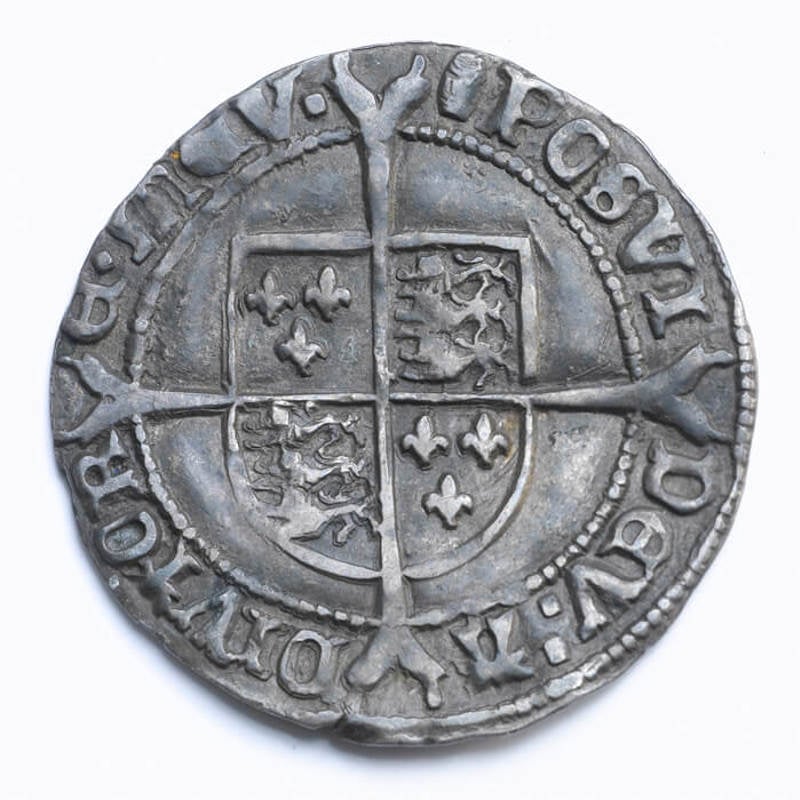Memories of coin collecting
By Lord Macpherson, Museum Trustee
As a child, growing up in the 1960s, I was an avid coin collector. It was most definitely a phase since by my teenage years I had largely lost interest though I still have my collection to this day. And it was a huge privilege five years ago to be asked to be a Trustee of the Royal Mint Museum.
Looking back, it is difficult to make sense of the motives of the seven year old self. But I think my interest was partly down to an emerging interest in history. Unlike the words in a history book, coins are tangible. The image of the monarch, however stylised, made their reign come alive. It was also about numbers and order. I can remember my mother giving me a birthday present of £1’s worth of halfpennies: I recall lining all 480 of them up by date. And I think it also reflected an emerging interest in money, which led to a 31-year career at Her Majesty’s Treasury.
As a coin collector, the annual catalogue of Coins of England and the United Kingdom, published in those days by Seaby and now by Spink, was my bible. Every year I would look longingly at three coins in particular which I knew I would never see let alone possess because of their rarity and value.
And so when some fifty years later I was able to visit the Royal Mint Museum and actually touch them all the excitement of childhood came flooding back.
Let me describe the coins in more detail.
First, there is the crown of Oliver Cromwell struck shortly before his death in 1658. What is striking about this coin is how modern it looks compared to the imperfect coins of the early Stuarts. This reflected the importation of new technology – the screw press – from France. But it also represents Cromwell at the peak of his power as Lord Protector. He is styled as a Roman emperor, a motif regularly repeated by monarchs after the Restoration.
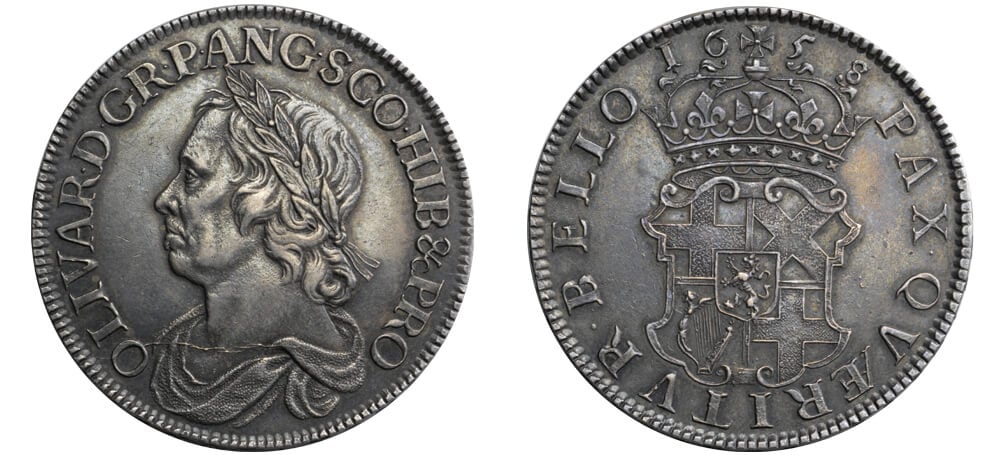
Secondly, there was the gold five-pound coin struck in 1839, featuring a 20-year old Queen Victoria. In my view, this represents the high water mark of the British coinage. The industrial revolution had further improved the quality of the coinage. But it is William Wyon’s engraving that catches the eye, embodying a purity and simplicity which any classical sculptor would have been proud of. As the Royal Mint Museum website puts it, this is “is arguably one of the most beautiful coins in the world…There is a powerful contrast between the restrained energy conveyed by the lion and the peace and grace of the standing figure of Una. “
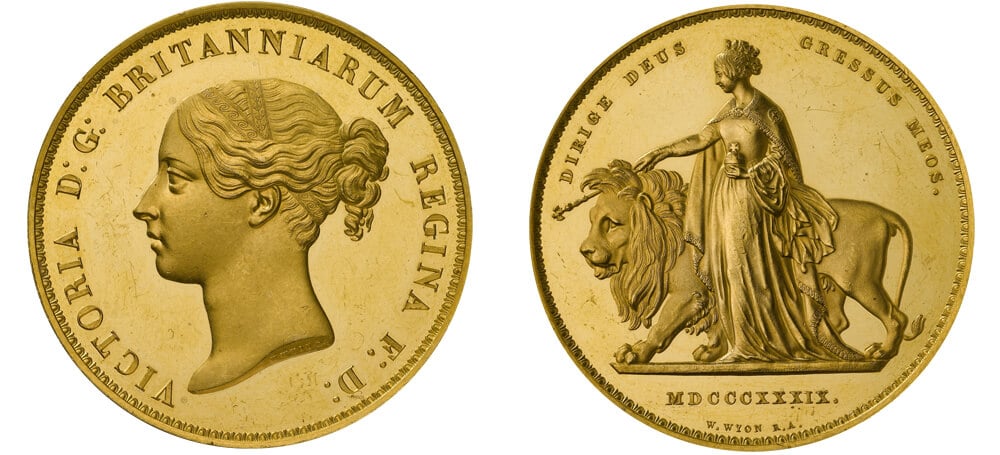
And finally the Edward VIII threepence, which I have always found fascinating. The dodecagonal shape and nickel-brass metal remind me of the threepences in my change as a child. Sadly, I never found one with Edward VIII on it for the simple reason that virtually none found their way into circulation. I was happy to make do with the images of George VI and Her Late Majesty Queen Elizabeth II. It also evokes thought of the new £1 coin – another brilliant design. Above all, I like the simplicity of the portrait of Edward. It conveys to me at least vanity and fragility. This was a man who was destined not to last the course as a monarch.
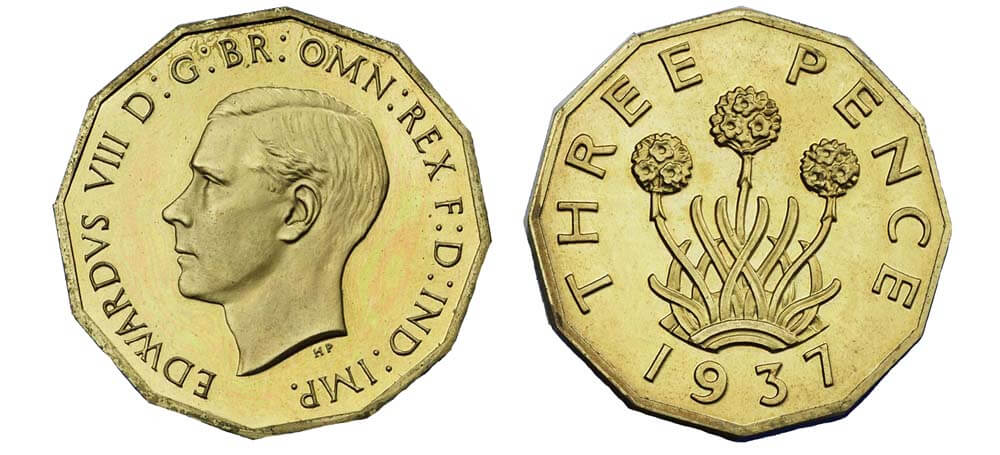
You might also like
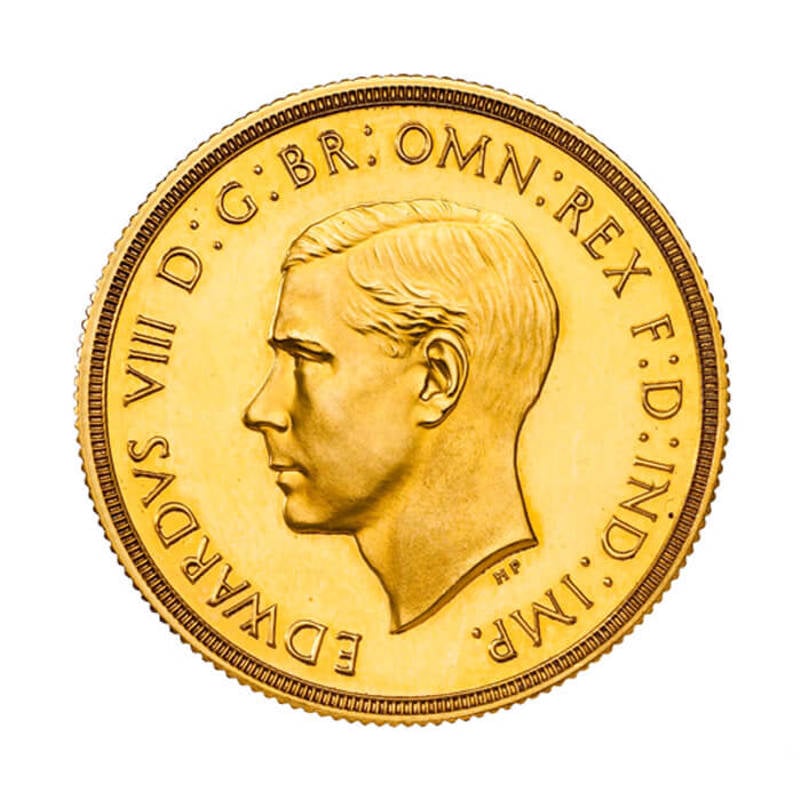
The coins of Edward VIII
Because of the Abdication in December 1936 no coins of Edward VIII were issued in the United Kingdom.
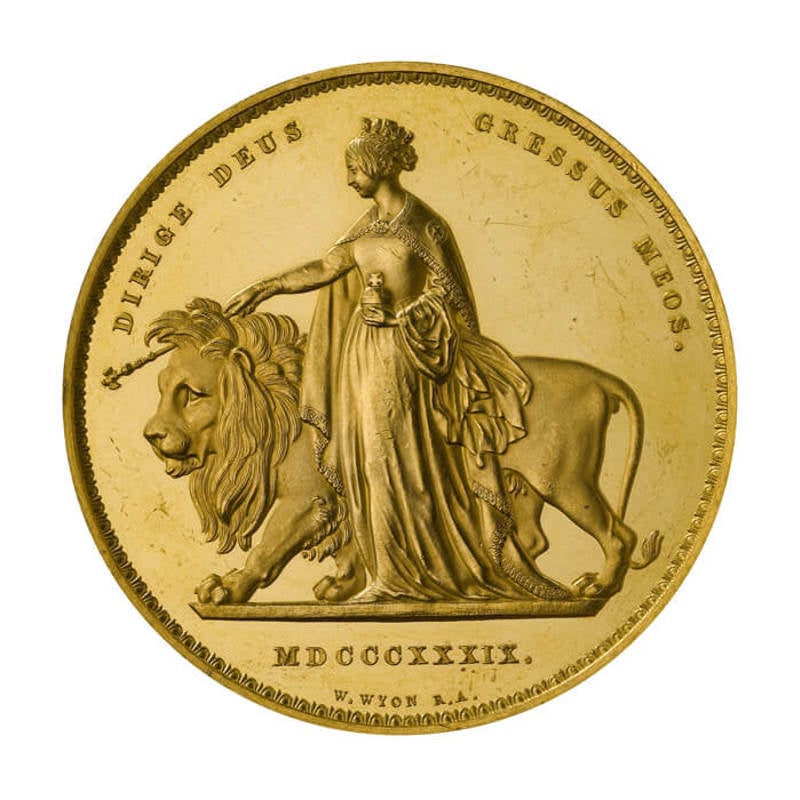
Coins
The Museum collection contains over 80,000 coins which span from ancient times to the modern day.
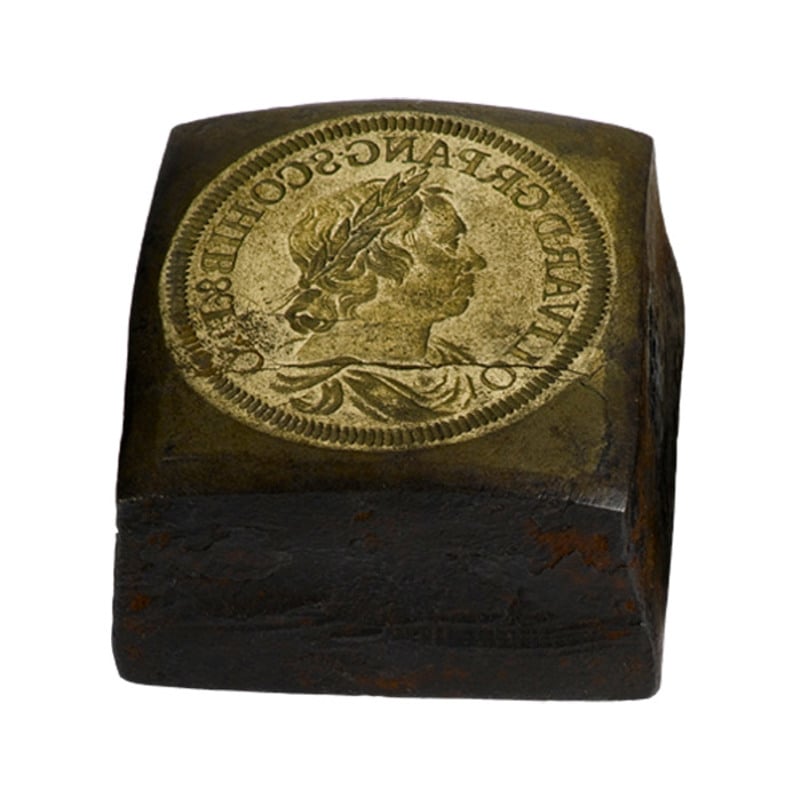
Cromwell crown die
The die for the obverse of the 1658 crown clearly displays a prominent crack across the lower half of Cromwell’s bust.

